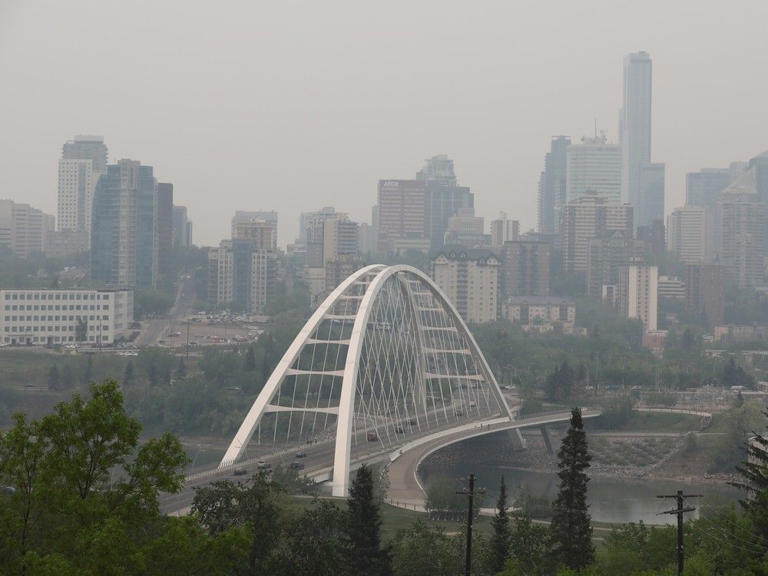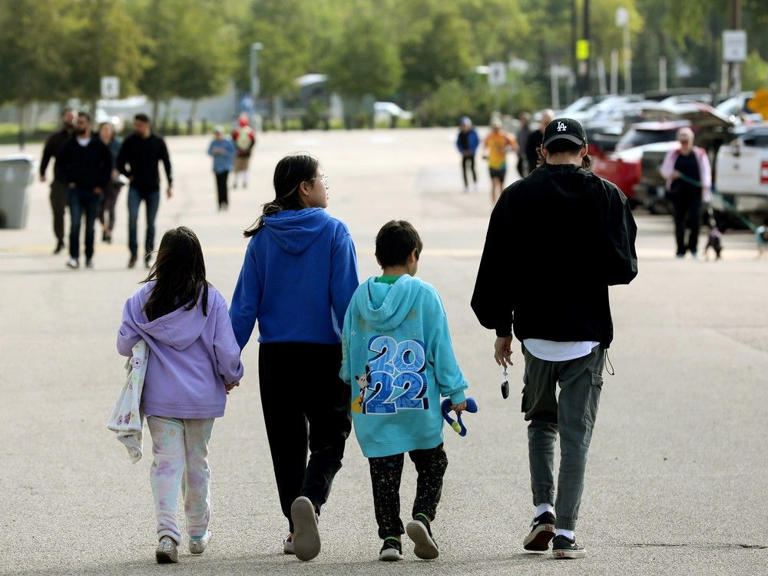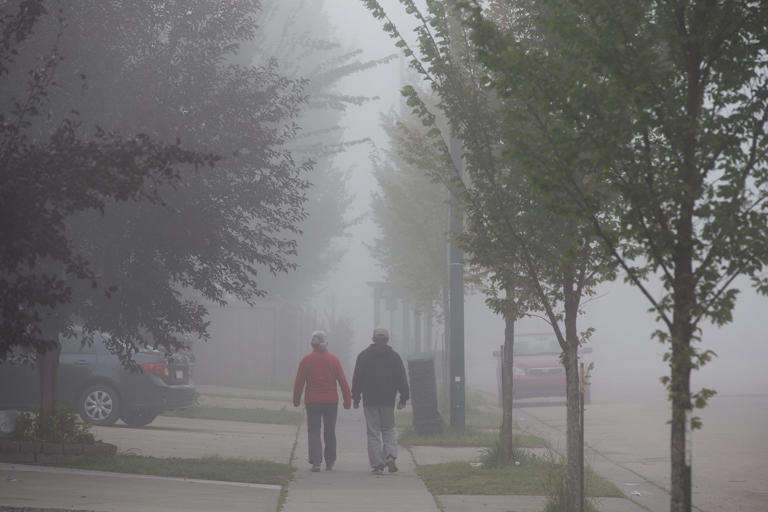Story by The Canadian Press •
The Government of Alberta's plans to opt out of a recently tabled federal pharmacare program are "naïve and premature," and would leave tens of thousands without access to diabetes medication and contraceptives, says the Edmonton Zone Medical Staff Assocation.
Throughout the province, access to free birth control products is insufficient and inequitable, the physicians represented by EZMSA said in a statement, and they are outraged that drugs "essential for women’s reproductive health and reducing costs to the health system" would be refused by the province.
"Albertans must receive the same coverage for free birth control as the rest of Canada—it is absurd to play politics with the health of our patients and deny Albertans this groundbreaking program," the group said in a statement.
Legislation introduced by the Government of Canada last week lays the groundwork for the country's first universal, single-payer pharmacare program, and will initially cover some forms of birth control and diabetes medications.
Before full details of the pharmacare program were released, however, Alberta's health minister Adriana LaGrange signalled the province would not be signing on to the agreement. Instead, LaGrange said during a news event on Monday the province will request the full per capita share of funding to "enhance" the programs it already has in place.
"Alberta’s government supports protecting choice for women accessing reproductive health care services and products in Alberta. The vast majority of Albertans can already access contraceptives through either employer or government provided health care insurance plans," a spokesperson for the Ministry of Health said in an email.
"These products include oral contraceptives, injectable contraceptives, intrauterine devices and others to support women in their reproductive health care choices."
Bobbi Jo Hawkes, manager for EZMSA, said it has long been the province's position that its existing reproductive health programs are sufficient, but the groups research shows otherwise.
Roughly one in five Canadians don't have drug coverage through either an employer or government-funded plan. While Alberta Health Services does provide free hormonal birth control or IUDs, there are no AHS facilities in either the north or south zones where these services are available, according to a paper published by EZMSA in December, 2023.
"And so they have to travel to either Edmonton or Calgary. And they have to stay for more than one appointment," Hawkes explained. "That travel is a huge barrier."
Along with the cost and inconvenience of travelling to another city to get free birth control, Hawkes said women often have to attend one appointment to get the prescription and another to get the drugs or for IUD insertion, requiring them to stay more than one day to access these free programs.
The AHS facilities in Edmonton, Calgary, and central zones that do offer free birth control also report not having enough supplies to meet existing demand, Hawkes said.
For women who don't have employer or government-funded insurance coverage, the cost of birth control can be prohibitive, "and we know that in fact there are some women that cannot afford it and are being forced with difficult decisions because of that," Carmen Wyton, chair of the Women's Health Coalition of Canada.
The up-front cost of an IUD is upwards of $300, putting it out of reach for many low-income women and marginalized groups, she said.
"We need to think about access to contraceptives with a bigger picture in mind and make sure that women have access no matter where they are," Wyton said.
"The bigger issue here is that women's health isn't prioritized enough – whether it's menstrual or reproductive health, access to free menstrual products, access to contraception, the preference to male surgeries versus female surgeries. At the root of all of this is that women's health is not prioritized."
Brett McKay, Local Journalism Initiative Reporter, St. Albert Gazette















